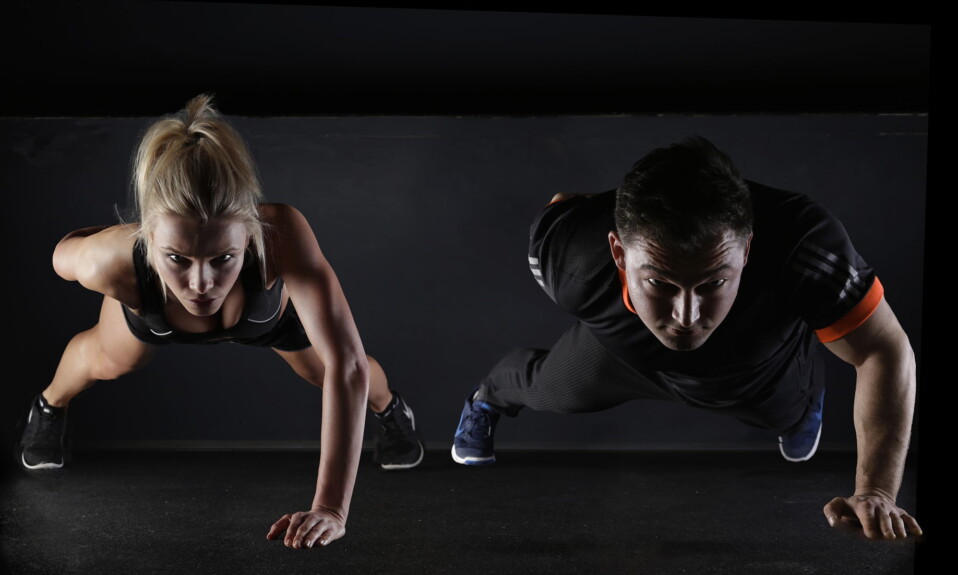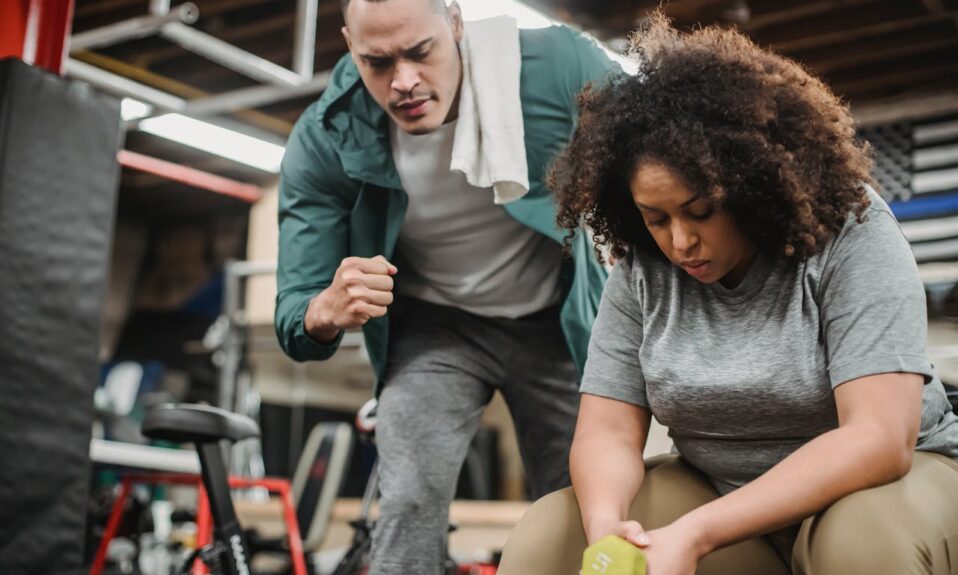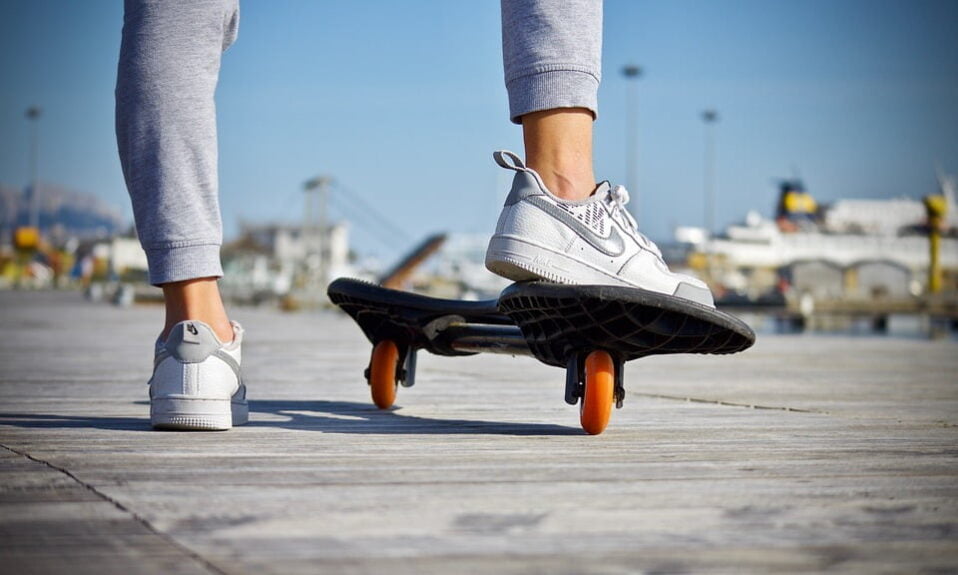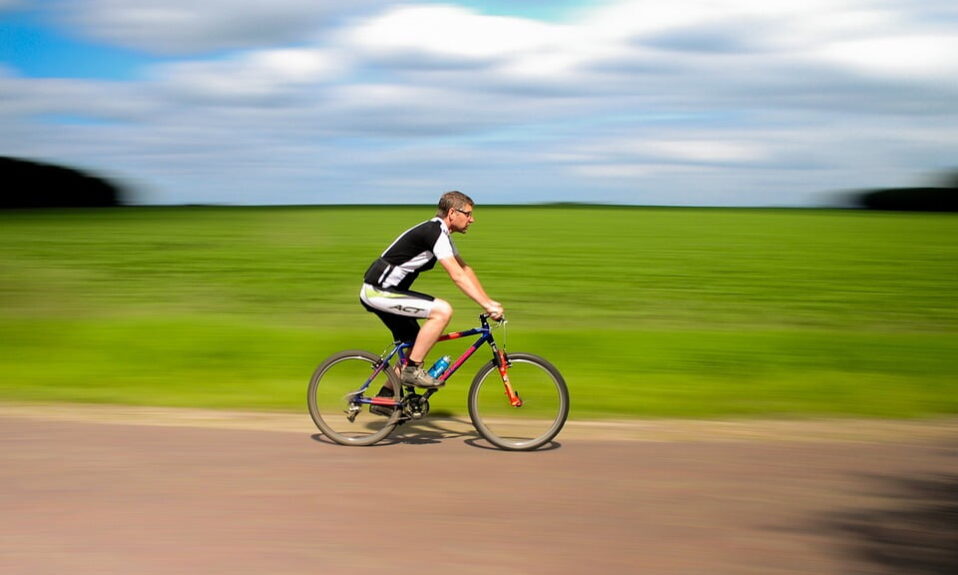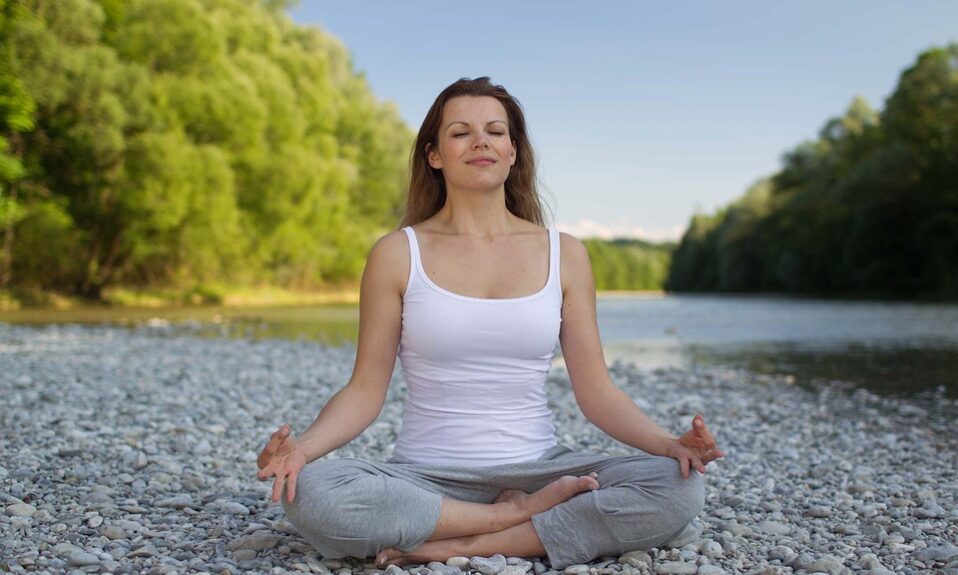Push-ups are a type of bodyweight exercise that engages multiple muscle groups in the upper body, including the chest, shoulders, and triceps. By performing push-ups, you can effectively strengthen and tone these muscle groups, improving your overall upper body strength and endurance. In addition to strengthening the muscles, push-ups also improve stability and coordination, making them an important exercise for overall fitness and health.
The Basic Push-up Technique to Get a Stronger Upper Body
To perform a basic push-up, start by placing your hands on the ground slightly wider than shoulder-width apart. Your feet should be together, with your body forming a straight line from your head to your heels. Engage your core and keep your body in a straight line as you bend your elbows and lower your chest towards the ground. Push back up to the starting position, keeping your body straight and your core engaged throughout the movement. It’s important to keep your body in proper alignment to ensure that you are engaging the correct muscles and avoiding injury.
The plank position is an essential element of push-up performance. In the plank position, your body is supported by your toes and forearms, with your body forming a straight line from your head to your heels. The plank position is important because it helps to engage the core muscles and improve stability, both of which are essential for performing push-ups with good form. By holding the plank position for extended periods of time, you can also improve your overall strength and endurance.
The Different Types of Push-ups to Get a Stronger Upper Body
One of the great things about push-ups is that there are many different types of push-ups that can be performed to target different muscle groups and challenge your body in different ways. Some common types of push-ups include.
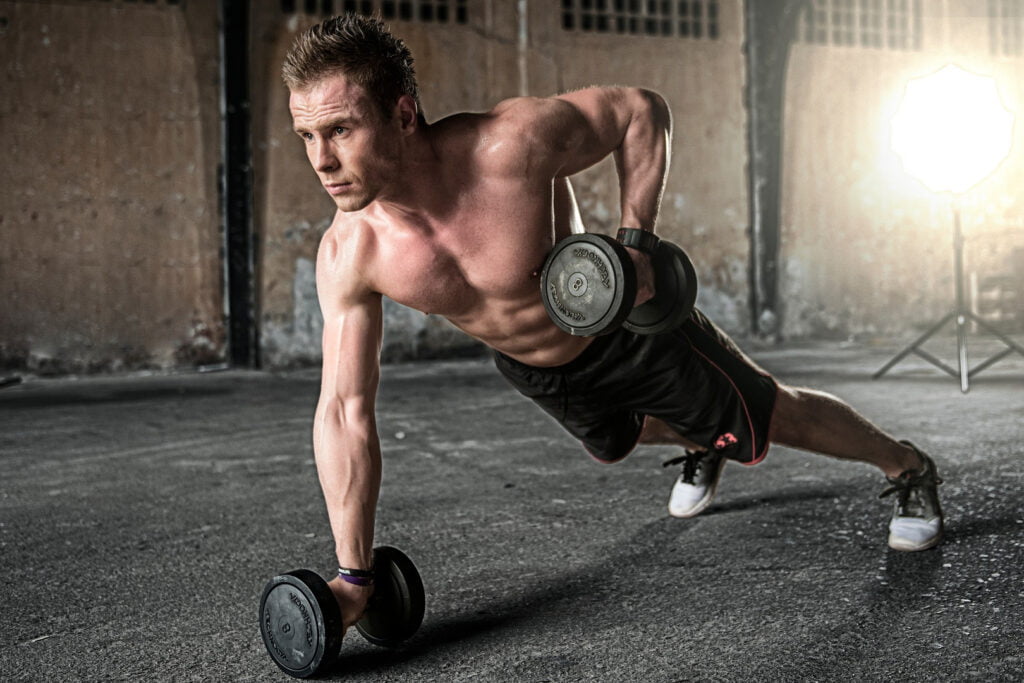
Standard push-ups This is the most common type of push-up, in which the hands are placed slightly wider than shoulder-width apart and the body is lowered towards the ground. Standard push-ups engage the chest, shoulders, and triceps.
Close-grip push-ups In close-grip push-ups, the hands are placed closer together than in standard push-ups. This variation targets the triceps more effectively and can also engage the chest muscles to a lesser extent.
Wide-grip push-ups In wide-grip push-ups, the hands are placed wider apart than in standard push-ups. This variation engages the chest muscles more effectively and can also engage the triceps to a lesser extent.
Plyometric push-ups Plyometric push-ups, also known as clapping push-ups, involve pushing up with enough force to lift the hands off the ground and clap before returning to the starting position. This variation helps to improve explosive power and coordination.
Diamond push-ups In diamond push-ups, the hands are placed close together with the index fingers and thumbs touching to form a diamond shape. This variation targets the triceps and can also engage the chest and shoulders to a lesser extent.
One-arm push-ups In one-arm push-ups, the body is supported on one arm while the other arm performs the pushing motion. This variation is very challenging and helps to improve overall upper body strength and stability.
Modifying the Push-up for Different Fitness Levels to Get a Stronger Upper Body
One of the great things about push-ups is that they can be modified to suit different fitness levels. For beginners, performing push-ups on your knees instead of your toes can make the exercise easier. You can also try elevating your hands on a bench or other stable surface to reduce the amount of body weight being lifted. As you get stronger, you can progress to performing full push-ups on your toes and eventually try more advanced variations.
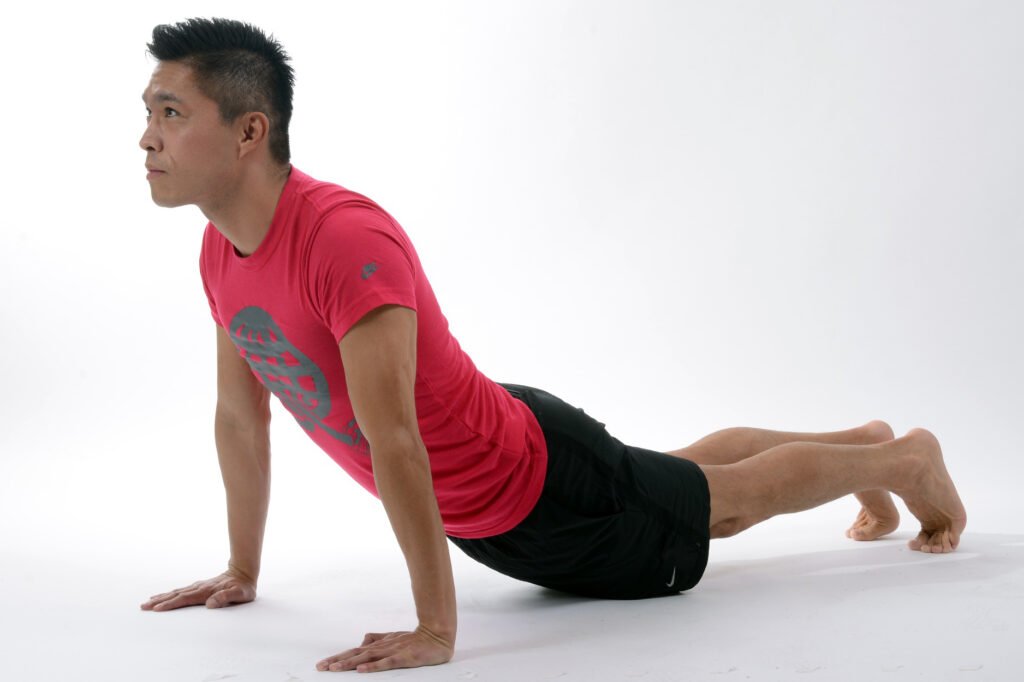
In addition to the basic push-up, there are many variations that can help you improve your upper body strength and endurance. For example, performing push-ups with your hands placed closer together can target the triceps more effectively, while placing your hands wider apart can engage the chest muscles more. You can also try performing push-ups with one hand on a medicine ball or other unstable surface to increase the challenge and improve stability.
Incorporating Push-ups into Your Workout Routine and Daily Routine to Get a Stronger Upper Body
Push-ups are an effective and versatile exercise that can be incorporated into a variety of workout routines. To get the most out of your push-ups, aim to perform them as part of a full-body strength training routine that includes exercises for the upper and lower body, as well as the core. You can also include push-ups in your cardio workout by performing them in a circuit with other exercises, such as jumping jacks or mountain climbers. By incorporating push-ups into your regular workout routine, you can improve your upper body strength, endurance, and overall fitness.
To get the most out of your push-up routine, it’s important to incorporate them into your daily routine. Begin by performing push-ups at a manageable intensity and gradually increase the number of reps as you get stronger. You can also try incorporating different push-up variations into your routine to keep things interesting and continue to challenge your muscles. It’s also important to listen to your body and avoid overdoing it, as pushing yourself too hard can lead to injury. By incorporating push-ups into your daily routine, you can gradually improve your upper body strength and endurance and achieve your fitness goals.
The Benefits of Push-ups for Overall Health and Fitness
In addition to improving upper body strength and endurance, push-ups offer a range of other health and fitness benefits. For example, push-ups can improve stability and coordination, which can help reduce the risk of injury and improve overall athletic performance. Push-ups can also help to improve cardiovascular fitness and increase muscular endurance, which can help you perform everyday activities with more ease. Furthermore, push-ups are a cost-effective and convenient form of exercise that can be performed anywhere, making them an ideal option for individuals who want to improve their fitness without the need for specialized equipment or gym memberships.

In conclusion, push-ups are an effective and versatile exercise that can help improve upper body strength, endurance, and overall fitness. By incorporating push-ups into your workout routine and daily routine, you can effectively strengthen and tone your chest, shoulders, and triceps and improve your overall health and fitness. With proper technique and modifications for different fitness levels, push-ups can be an effective exercise for individuals of all fitness levels and goals.

